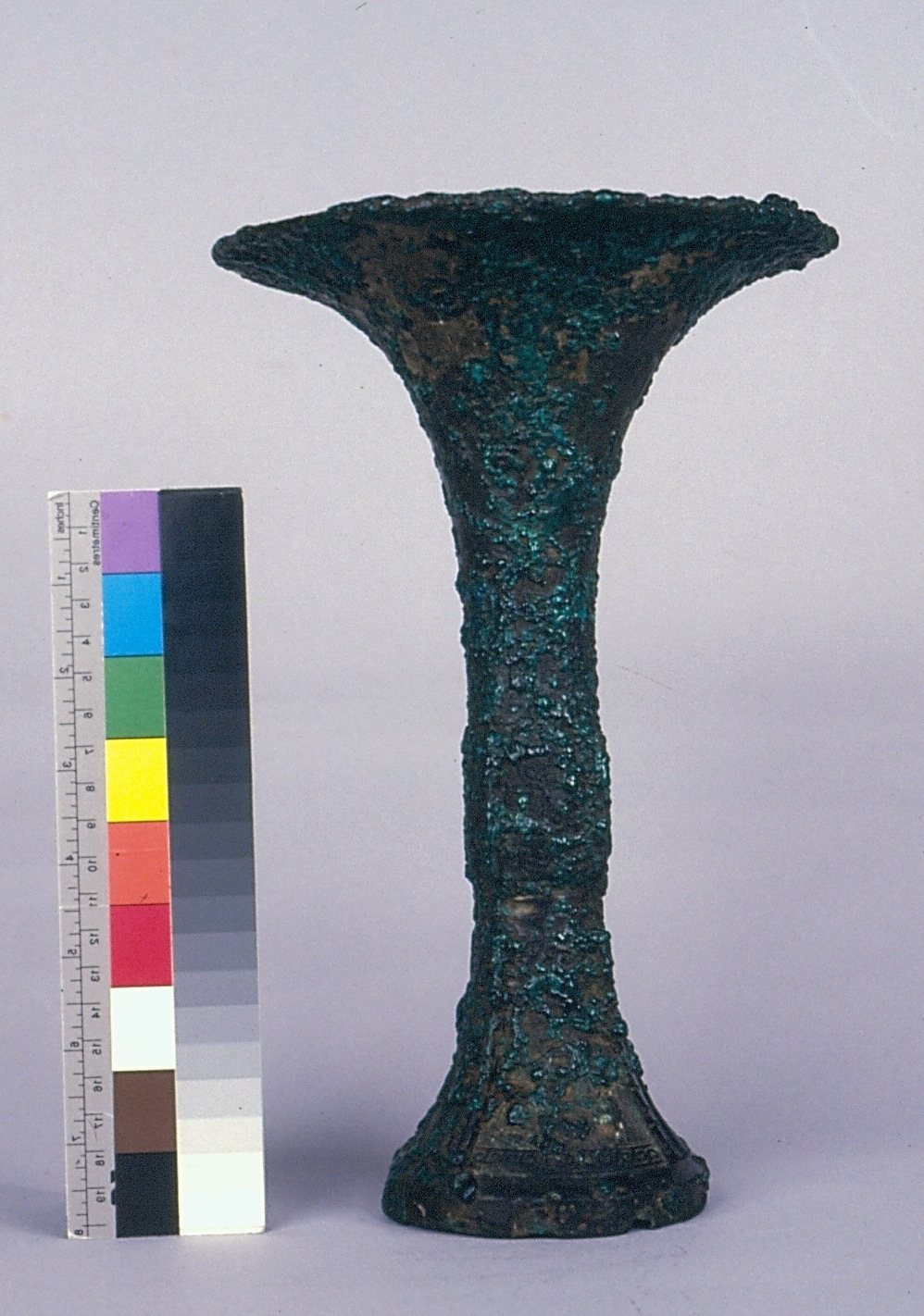Surprise at the beginning gets our attention. Interest keeps our attention. Surprise at the end is like a little gift for reading the whole thing. Or in this example, watching the whole thing.
My favorite label from the Schemas chapter uses the power of the unexpected right up front. You wouldn’t expect a label that introduces an exhibition to begin: “The contents of a stranger’s shopping cart, the books in an acquaintance’s living room…” Readers are compelled to keep reading to find out what this surprising beginning has to do with the exhibition. To avoid being gimmicky and make sure that the surprise produces insight, it’s targeted at the core message of the exhibition: it’s a collection.
According to the Heath brothers in Made to Stick, the most basic way to get someone’s attention is this: Break a pattern. Humans adapt incredibly quickly to consistent patterns, like the art historical drone of didactic labels in an art museum, for example. The only time we become consciously aware is when the pattern changes.[1]
Related to this idea are mysteries. Have you ever sat through a stupid movie or TV show that you couldn’t quit watching just because you had to know what happened? Gaps in understanding cause discomfort. We need to close them. To hold a reader’s interest, create a gap and then close it. Mysteries are perfect for this; they’re so powerful because they create a need for closure. The Aha! experience is much more satisfying when it’s preceded by a Huh? experience. Art museums are filled with mysteries. Interpretation is fluid and subjective. It changes over time and offers great opportunity for mysteries. Conservation is more commonly thought of as the core message of zoos and, to a lesser extent, science museums, but the art conservation lab is like the CSI of art museums. Share these activities with your readers, and help them solve the mysteries of the art museum. For example:
The day this Chinese bronze vessel arrived in the Walters Art Museum conservation lab, it came with a mysterious message. The museum’s director, who delivered the vessel, said he had some questions about it and ask if conservators could investigate its origins.
So begins the text in the Walters Art Museum’s Integrating the Arts online unit for students.[2] The online program proceeds to walk students through all the steps that conservators took to answer the question: real or fake? The program is written for middle school students and their teachers, but could also easily be a mini-exhibit in the museum.
- Heath, Made to Stick, 127. ↵
- The Walters Art Museum, "Integrating the Arts: China" accessed September 1, 2013 http://steve.thewalters.org:8081/pachyderm_2_1/presentations/IntegratingtheArtsChina65/ ↵

